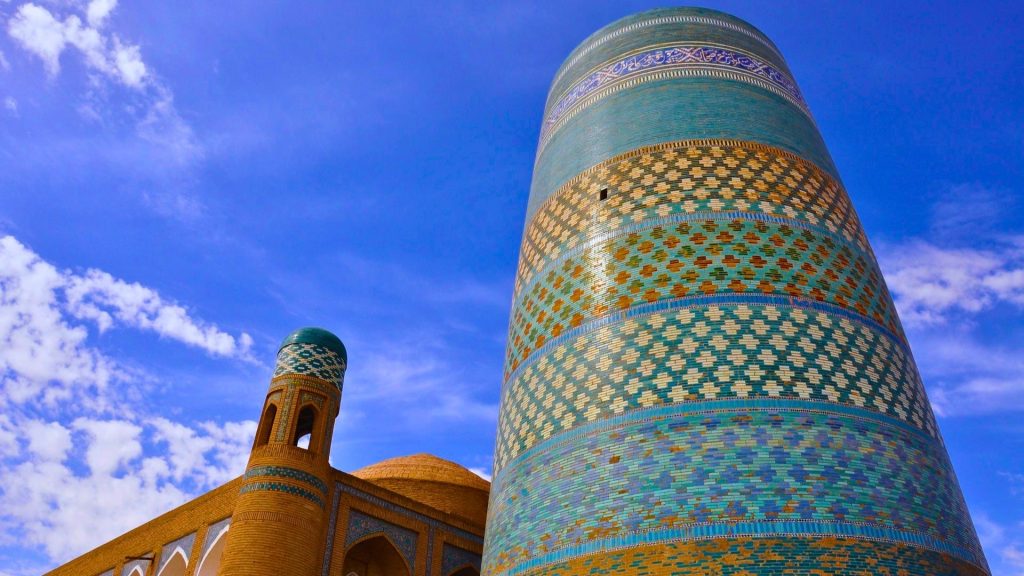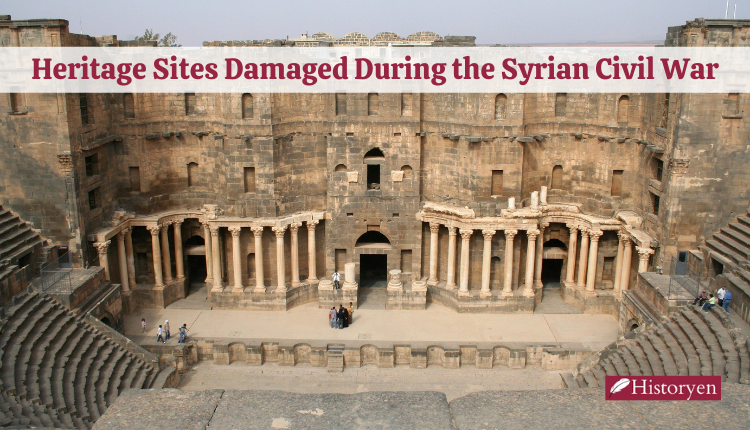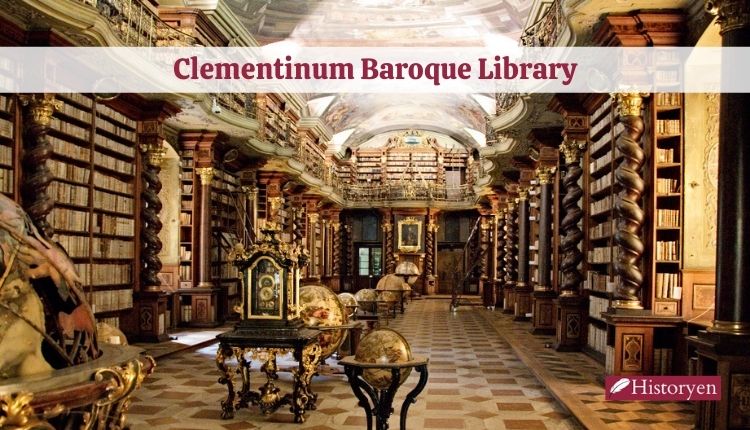When one thinks of Uzbekistan, the mind conjures images of bustling bazaars, turquoise-domed mosques, and ornate mausoleums. However, one of the most remarkable structures in the country is the multicolored tiled minaret of Kalta Minor, located in the ancient city of Khiva. Built in the early 19th century, the minaret is a striking example of Central Asian architecture, and a must-visit destination for anyone interested in the region’s history and culture.
The History of Kalta Minor
Construction of the minaret began in 1851, under the orders of Muhammad Amin Khan, the ruler of the Khanate of Khiva. The khan envisioned a minaret that would be taller than any other in Central Asia, and commissioned the Persian architect Muhammad Amin ibn Khalil to design and build it. The minaret was to be part of a grand complex that would include a mosque, madrasa, and caravanserai. However, due to the untimely death of Muhammad Amin Khan in 1855, the construction of the complex was halted, and only the minaret was completed.
The Design of the Minaret
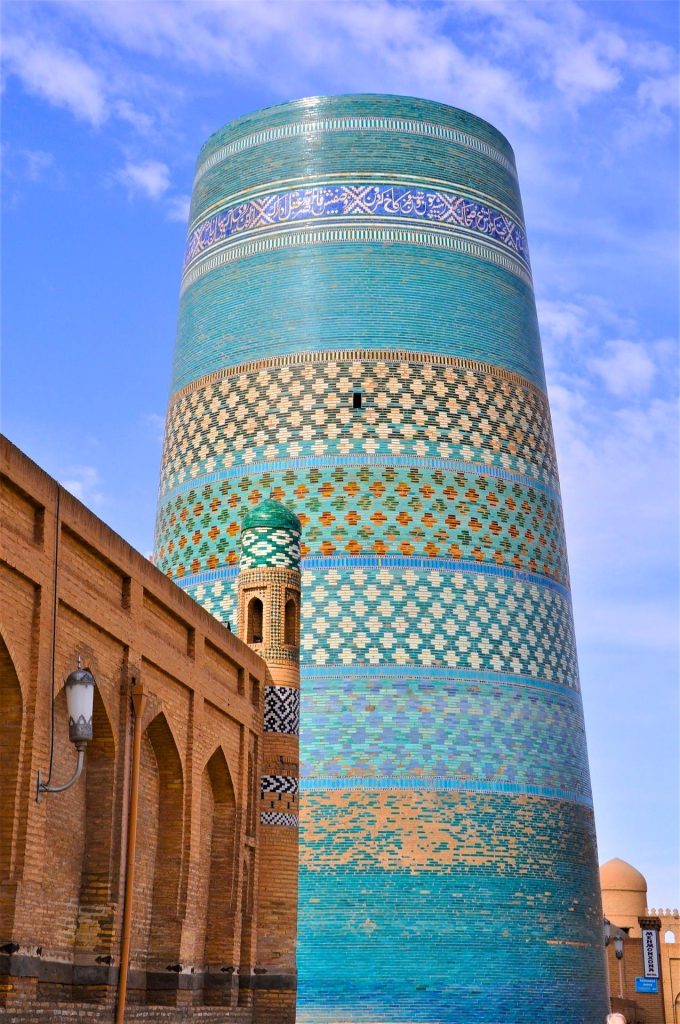
The minaret stands at a height of 29 meters, and has a diameter of 14.5 meters at its base. It is adorned with intricate geometric patterns and calligraphy, created using glazed bricks in shades of blue, green, yellow, and white. The design of the minaret is unique, in that it features multiple balconies and a circular staircase that winds its way around the structure. The purpose of the minaret is believed to have been to serve as a lookout tower, as well as to call the faithful to prayer.
The Significance of Kalta Minor
The minaret of Kalta Minor is significant not only for its architectural beauty, but also for its place in the history of Uzbekistan. It is one of the few surviving examples of the monumental architecture of the Khanate of Khiva, which flourished from the 16th to the 19th century. The Khanate was one of the most powerful states in Central Asia, and played a significant role in the region’s politics and culture. The minaret is also an important symbol of the city of Khiva, which was once a major center of Islamic scholarship and commerce.
Visiting the Minaret
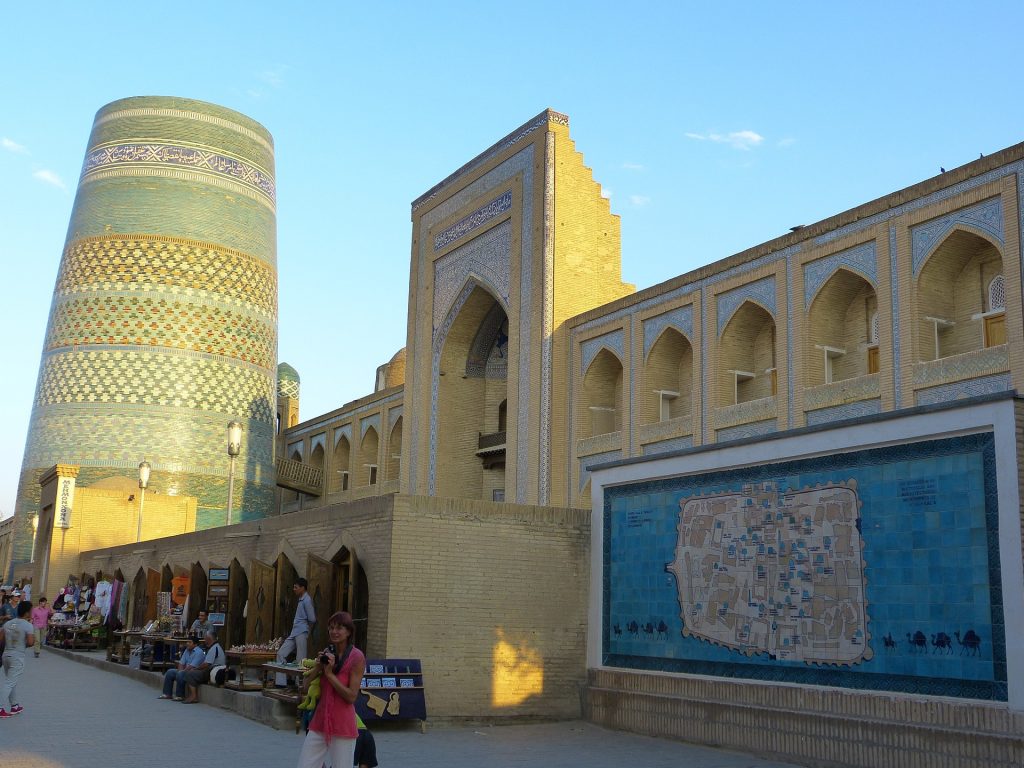
Today, the minaret of Kalta Minor is a popular tourist attraction, drawing visitors from around the world. It is located in the center of the old city of Khiva, which has been designated a UNESCO World Heritage site in 1990. Visitors can climb the stairs of the minaret to enjoy panoramic views of the city and the surrounding desert. The nearby Mohammed Amin Khan Madrasa also contains a museum dedicated to the history and culture of the Khanate of Khiva.
Conclusion
The multicolored tiled minaret of Kalta Minor is a true marvel of Central Asian architecture, and a testament to the rich cultural heritage of Uzbekistan. It stands as a symbol of the country’s past glory and its enduring spirit, and is a must-see destination for anyone interested in the history and culture of the region.
FAQs
The minaret stands at a height of 29 meters.
Construction of the minaret began in 1851, and was completed in 1855.
The minaret was believed to have served as a lookout tower and to call the faithful to prayer.
Yes, visitors can climb the stairs of the minaret to enjoy panoramic views of the city and the surrounding desert.
The city of Khiva is home to many other attractions, including the Mohammed Amin Khan Madrasa, the Juma Mosque, and the Pahlavan Mahmud Mausoleum.
